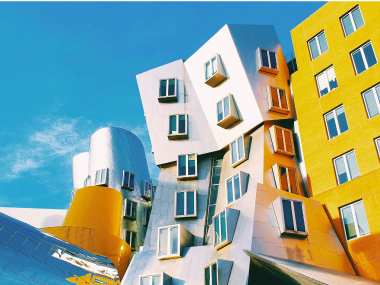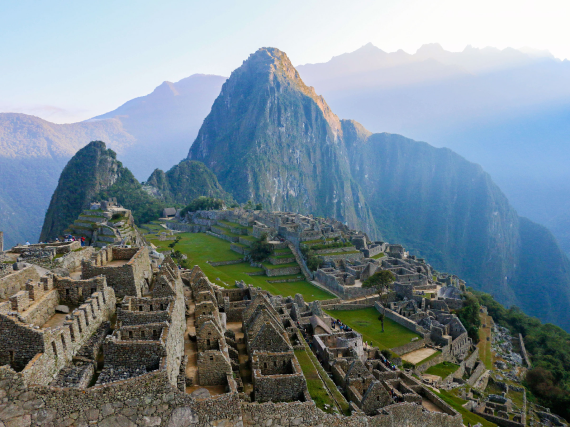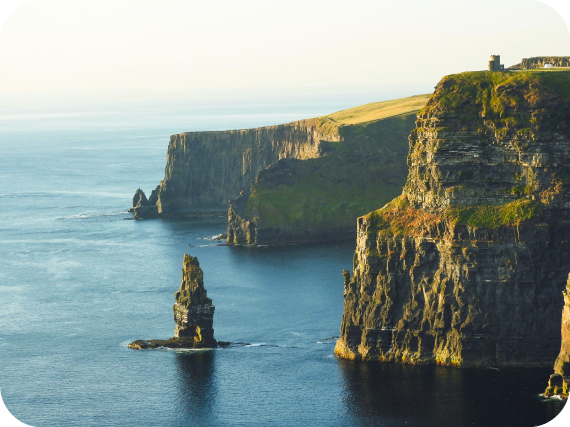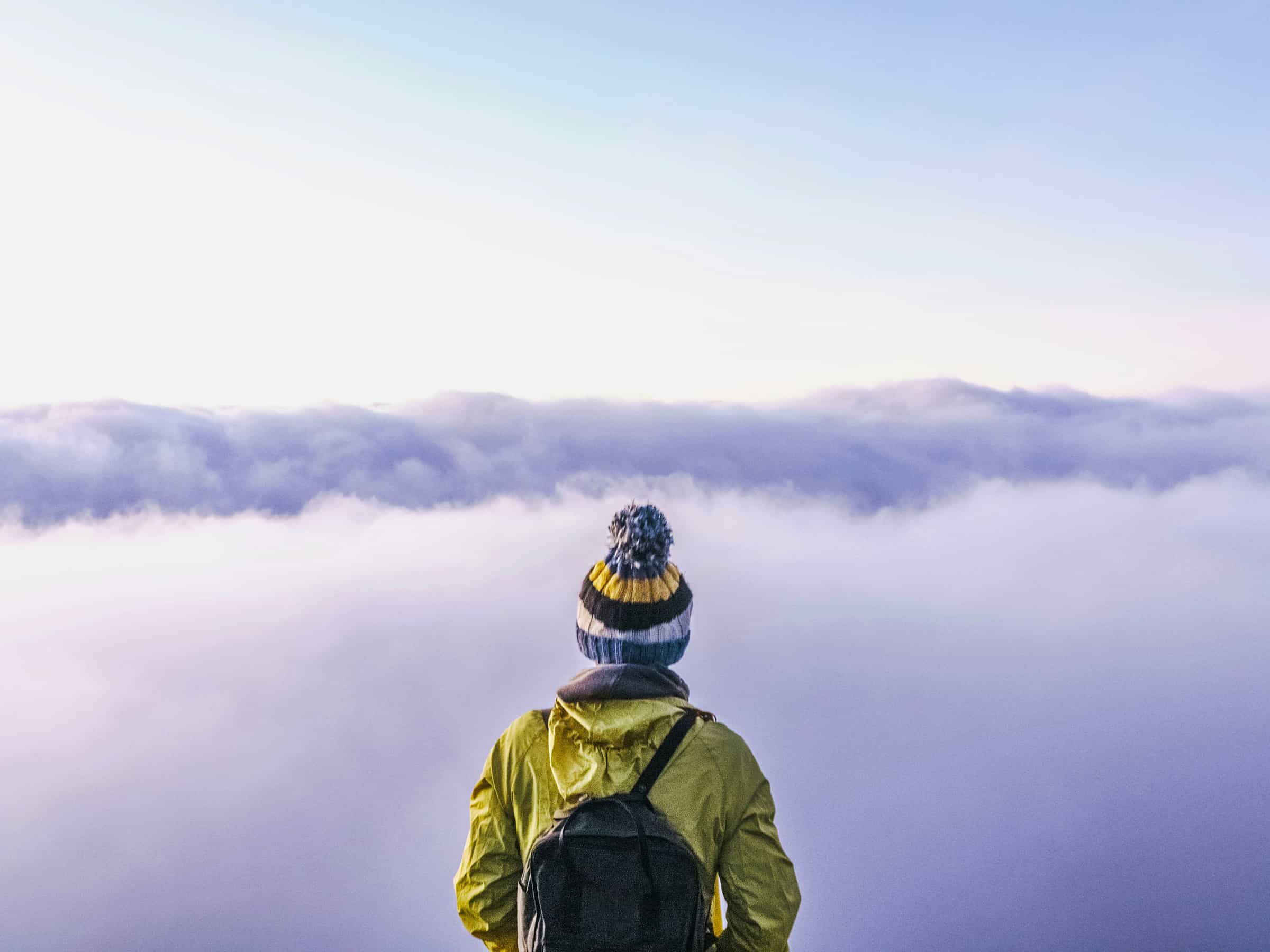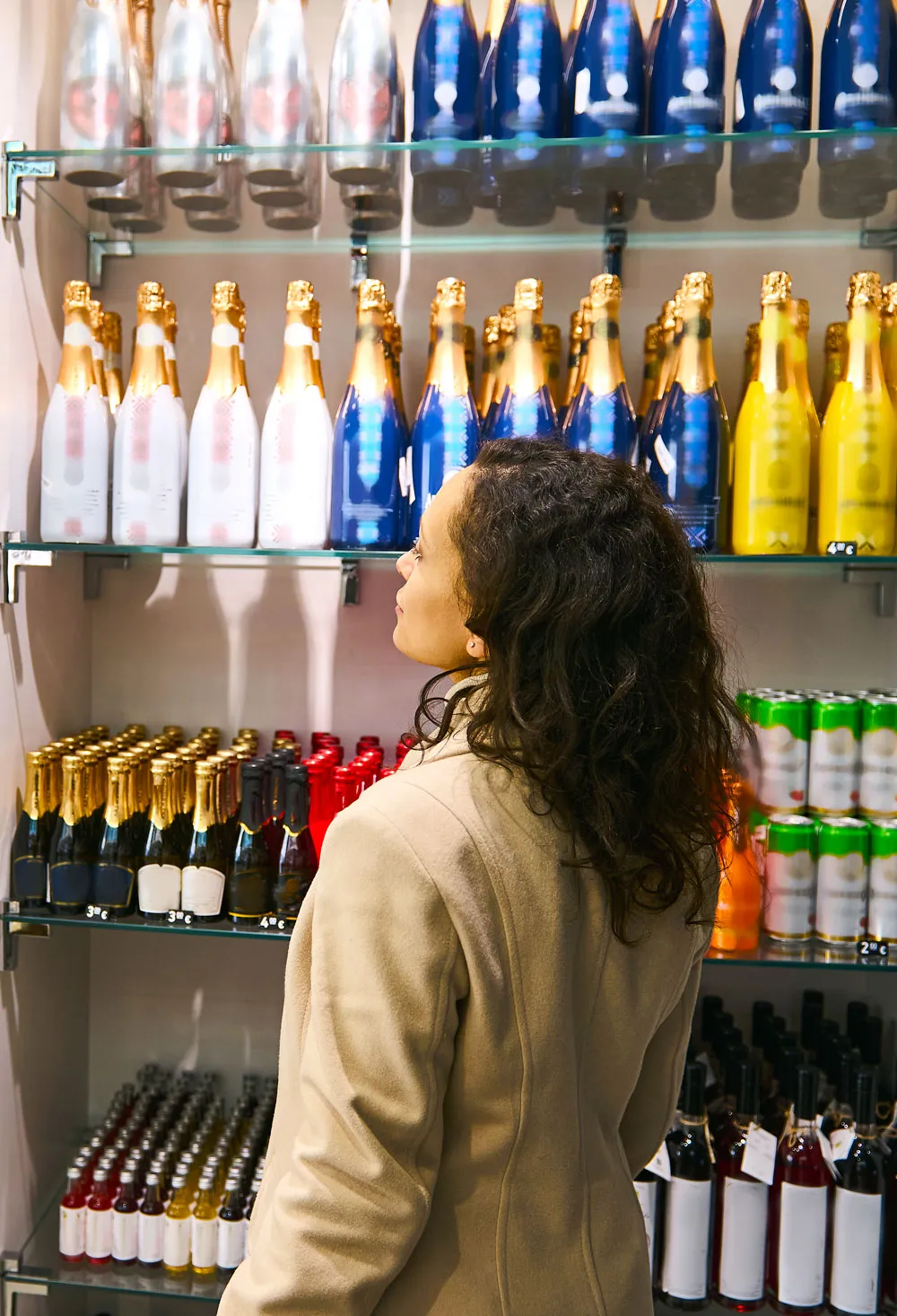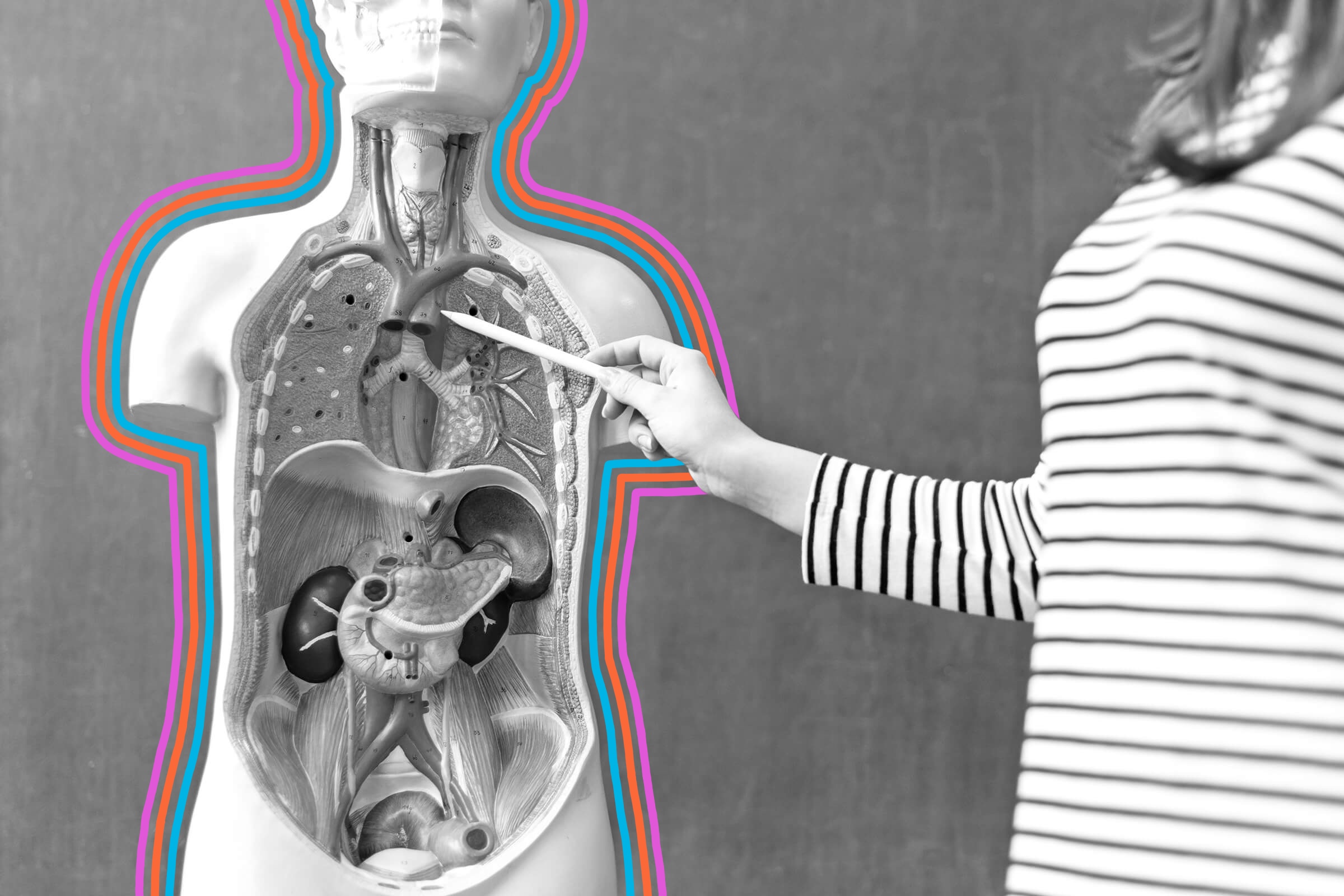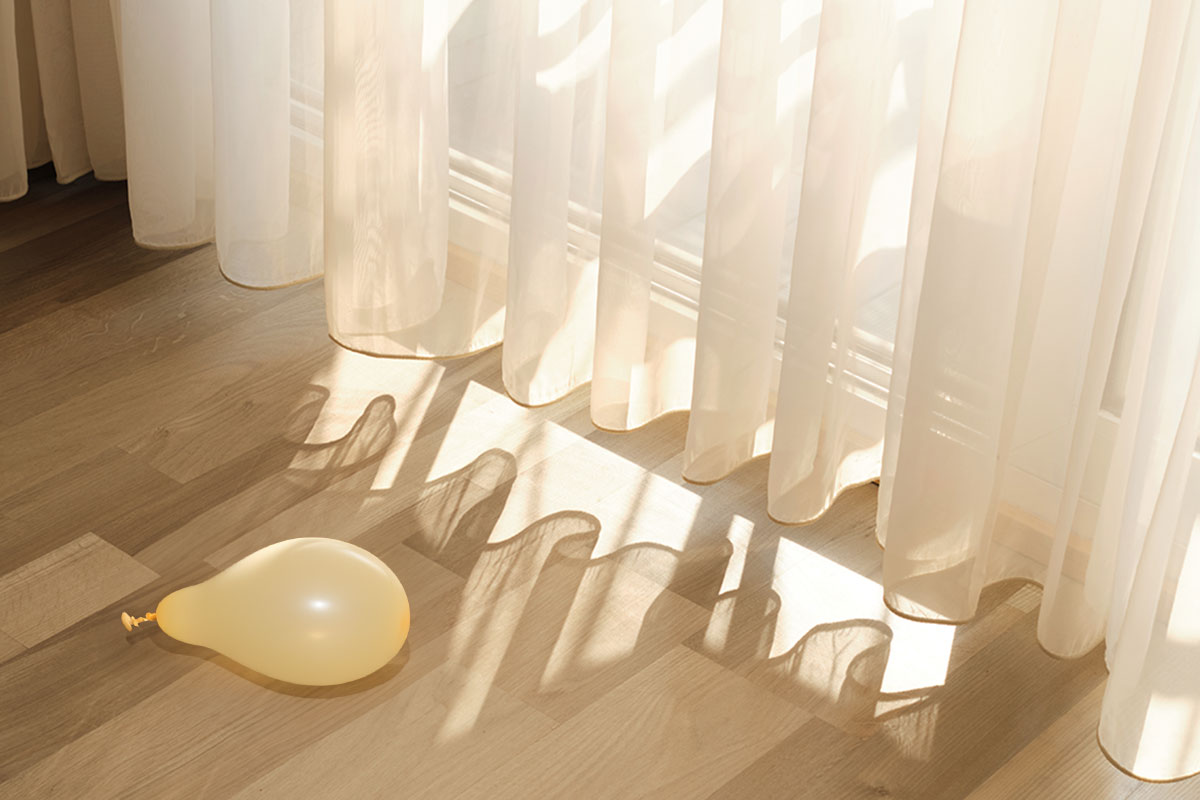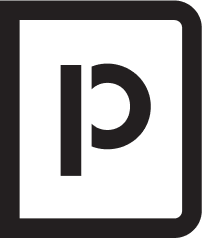Navigating the intricacies of Transportation Security Administration (TSA) regulations can be a hassle for even the most seasoned travelers. To keep airport security lines moving (and to keep all your toiletries with you), it’s important to understand the 3-1-1 rule for liquids in carry-on bags. The TSA sets these regulations for liquids in carry-on baggage to ensure safe and efficient air travel. While they may seem strict, the guidelines are straightforward once you understand them (along with a few important exceptions). Below, you’ll find everything you need to know about TSA liquid rules before your next flight.
The 3-1-1 Rule
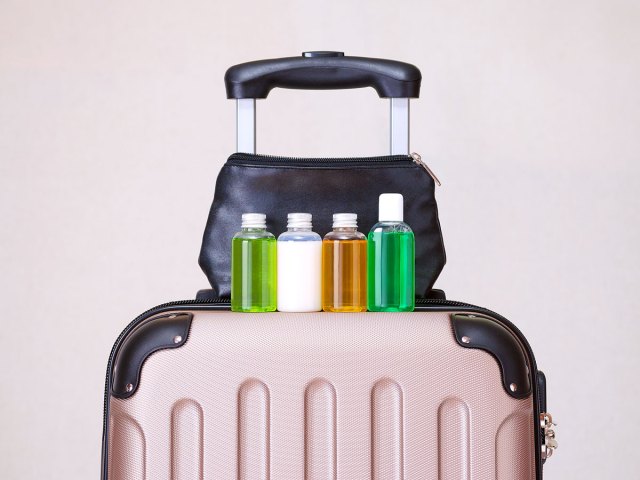
The TSA’s 3-1-1 rule is a simple way to explain how many ounces of liquids each passenger is allowed in a carry-on bag.
- 3: Each liquid must be in a container of 3.4 ounces (100 milliliters) or less.
- 1: All containers must fit inside a quart-sized clear plastic bag.
- 1: Each passenger is allowed one such bag.
Keep in mind that the 3.4-ounce rule applies to the size of the container. “Ultimately, the size is determined by what is written on the bottle itself,” the TSA says — the amount of actual liquid in the bottle doesn’t matter. Any bottle larger than 3.4 ounces, regardless of its contents, must be checked or thrown away. While there are no limitations on liquids in checked baggage, consider placing them in leakproof bags to avoid mid-flight messes.
Thankfully, it’s easy to find TSA-approved refillable toiletry containers and quart-sized travel bags to pack in your carry-on. This can help ensure your liquids are within TSA size standards.
What Counts as a Liquid?
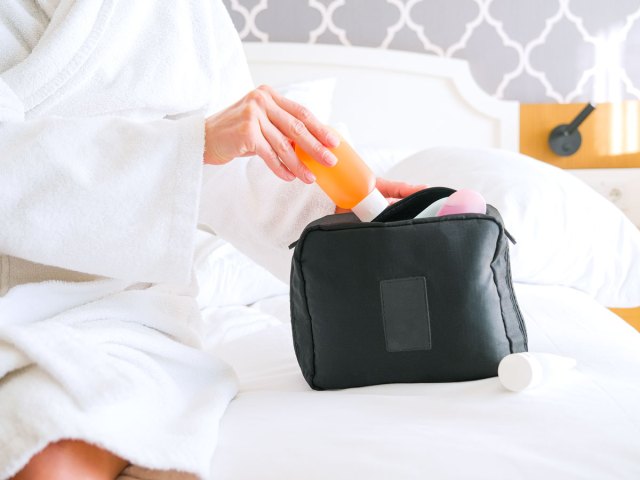
The 3-1-1 rule isn’t only for traditional liquids, such as water and drinks. It applies to anything that isn’t solid, including aerosols, oils, gels, creams, lotions, and pastes. This includes most toiletries, such as shampoo, sunscreen, body wash, hair gel, hair spray, toothpaste, skin care, aerosol deodorant, and liquid makeup.
It also includes some food. Even if the product is factory-sealed, you cannot bring any food that isn’t solid — such as peanut butter and salsa — through security. The rule even applies to souvenirs purchased during your trip (before security) that might contain more than 3.4 ounces of liquids, such as bottles of wine, snow globes, and even Magic 8 Balls. These items need to be placed in checked baggage.
Solid yet spreadable items — such as stick deodorant, bar soap, lipstick, and powder makeup — are not considered liquids and don’t need to be packed in your quart-size bag.
Exceptions to the 3-1-1 Rule
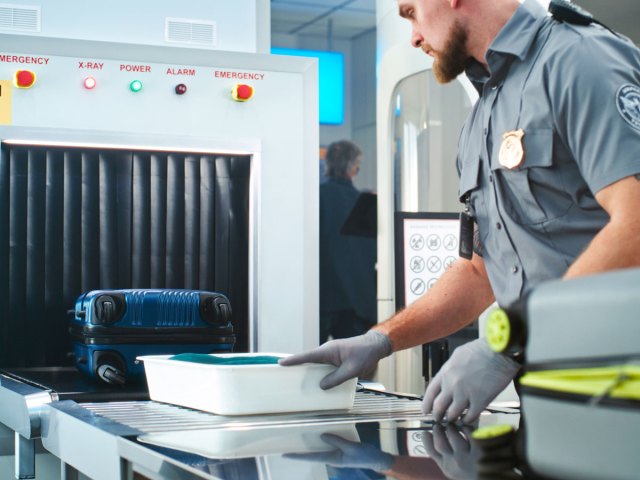
There are a few notable exceptions to the liquid rules, most often made for medical and health reasons. For example, the TSA says larger amounts of medically necessary liquids, gels, and aerosols (in reasonable quantities) are permissible in carry-ons, so long as you declare them to the TSA officers at the security checkpoint. This includes prescription and over-the-counter liquid medications (such as cough syrup or insulin), IV bags, and ice packs or gel packs. The officers will assist you by inspecting them separately.
Other exemptions to the 3.4-ounce rule include food for infants, such as formula and breast milk. For toddlers, sippy cups filled with water or juice and pouches of pureed food in excess of 3.4 ounces are permissible — just inform the TSA agent at the beginning of your screening process and remove the items from your carry-on bag.
What About Liquids Purchased After Security?
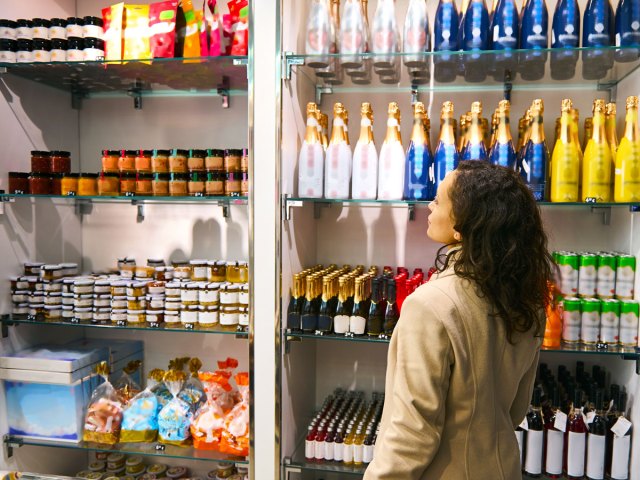
Any liquids or semi-liquids purchased after the security checkpoint, regardless of size, are allowed on the plane because they pass rigorous safety checks. This includes items such as coffee, water, snacks, and souvenirs.
It also includes duty-free liquid purchases made at a duty-free store in the terminal. According to the TSA, you may carry more than 3.4 ounces of fluid in your carry-on bag if you meet these three requirements:
- The duty-free liquids were purchased internationally while you were traveling to the U.S. on a connecting flight.
- The liquids are packed in a clear, tamper-evident bag by the retailer and do not show signs of tampering.
- The purchase was made within the last 48 hours, and you have the receipt.
Prohibited Liquids
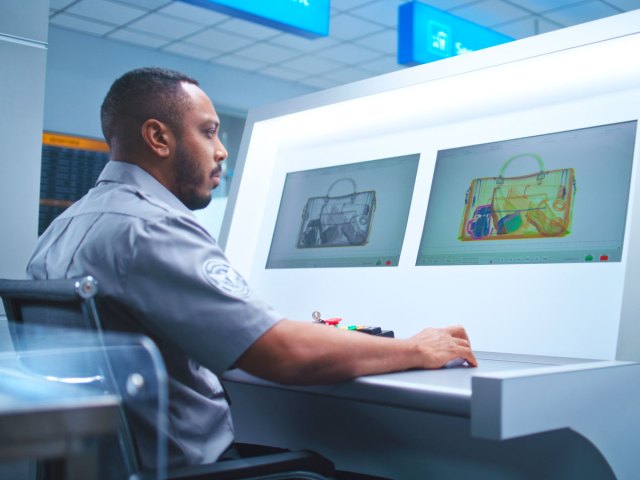
Certain liquids and nonsolid items are always prohibited in carry-on and checked baggage due to safety concerns. This includes flammable aerosols, such as spray paint and spray starch (fabric wrinkle remover), as well as compressed gas cartridges, like CO2, which are used for inflating bicycle tires. Similarly, self-defense sprays (mace or pepper spray) are banned in carry-ons but are permitted in amounts of up to 4 ounces in checked luggage.
Hazardous liquids like those used for cleaning (e.g., bleach, pesticides, and drain cleaner) are also banned from U.S. flights. Lastly, alcoholic beverages with more than 70% alcohol (over 140 proof) are prohibited from carry-on and checked luggage; this includes grain alcohol and 151-proof rum.
International Liquid Rules
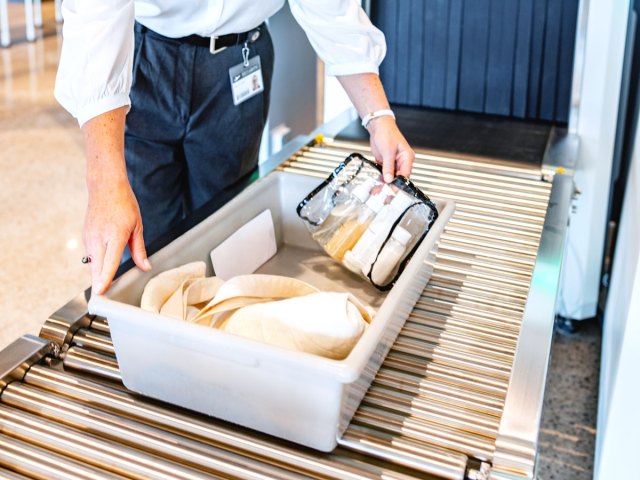
Most international security organizations stick to similar liquid regulations to streamline the travel process. For instance, in the European Union, the maximum size per container is 100 milliliters (approximately 3.38 fluid ounces), and all carry-on liquids must fit into a 1-liter clear bag (which is roughly the same size as 1 U.S. quart). The EU makes similar exceptions for medical liquids, infant food, and duty-free purchases.
Meanwhile, LATAM Airlines, South America’s largest airline, permits various quantities of liquids in carry-on baggage according to guidance from local authorities. Those traveling through security in Brazil, for instance, may bring up to four containers of liquids, each containing 300 milliliters or less. For travelers going through security in Chile, Peru, Colombia, and Ecuador, there are no restrictions on the quantity of carry-on liquids. For all other international flights, LATAM adheres to the 3-1-1 rule used in the U.S. and European Union.
More from our network
Daily Passport is part of Inbox Studio, which publishes content that uplifts, informs, and inspires.
